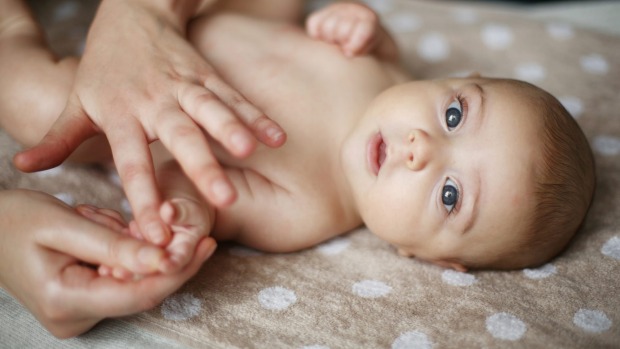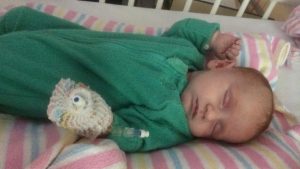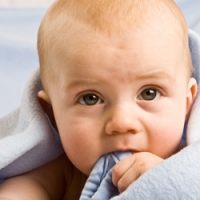The art of baby massage has been practised around the world for thousands of years.
While the benefits of baby or infant massage were intuitively known, recent research has now confirmed what many parents knew all along – that baby massage is indeed good for both parent and child.
Some of the incredible proven benefits of massaging your baby include:
improved parent-infant interaction
improved sleep and relaxation for baby
positive impact on stress hormones
reduced crying
small weight gain improvements in premature babies.
Massage is thought to relax the body by stimulating the autonomic nervous system, which controls heart rate and digestion, amongst other bodily processes.
Once you combine this with the benefits of ‘skin-to-skin’ contact between mother and child, which releases attachment building hormones such as oxytocin, you can see why baby massage can be a powerful parenting practice.
Getting started
While infant massage can help with sleep and relaxation, you don’t want your baby to be tired, hungry or distressed when you begin a massage.
It’s best to wait 20 minute after a feed before beginning a massage, so your baby’s digestion is not affected by the gentle massage movements.Choose a time when your baby is fed and calm – perhaps when she wakes from a nap, or just after a bath.
Make sure the room you are doing the massage in is warm and quiet, with no bright lights.Ideally your baby will be naked or with just a nappy on, allowing for lots of skin-to-skin contact.
You’ll need to have clean hands (with no jewellery), some baby lotion or oil, and old clothes for yourself in case you get oily.Place your baby on a towel on the floor or another safe surface.
Make sure to choose a vegetable rather than nut-based oil, in case of allergic reaction.
Massage techniques
There is no single approach which is best for infant massage as each baby and parent are different. Here are some ideas for a full-body baby massage. Allow 10-20 minutes to complete the massage at a slow and gentle pace.
After putting some oil or moisturiser on your fingers, try starting the massage at the feet, as this area is less sensitive than other parts of the body.
Make small circles on baby’s heels with your fingers, then use slow, firm but gentle strokes towards their toes.
Finish the foot massage by pulling each toe through your thumb and index finger, from bottom to top.
Next, use longer ‘milking’ strokes up baby’s lower legs, to the thighs and across the hips.
Gently bend your baby’s legs towards their stomach one at a time, to help expel gas.
Moving up to the shoulders, use circular strokes towards her chest, followed by long ‘milking’ strokes down the upper arms and forearms. As with the toes, pulling each finger between your index finger and thumb will release tension in her hands.
Before attempting to massage her stomach, check that the tummy is soft and not firm, and make sure she is still happy and content.
If all is well, make gentle strokes around the tummy in a circular motion, avoiding the delicate umbilical area if your baby is a newborn.
Next, try a gentle face and scalp massage. Make small circles around your baby’s scalp, avoiding the delicate fontanelle area. Then use your fingers to make long curved strokes from her forehead to her cheeks.
If you and your baby are still relaxed at this point well done! You can finish by turning her on to her tummy and finishing off with a back massage.
To do this, try making small circles either side of her spine, all the way down from her neck to her tailbone. Finally, use long firm strokes from the shoulders down to her feet.
Once finished, it’s time to put baby’s nappy on, wash your hands and wipe any oil off your baby’s hands.
Whether you make it part of your everyday routine or a special activity when you have more time, you and your baby will love the chance to be close to each other, sharing in the magic of touch.



